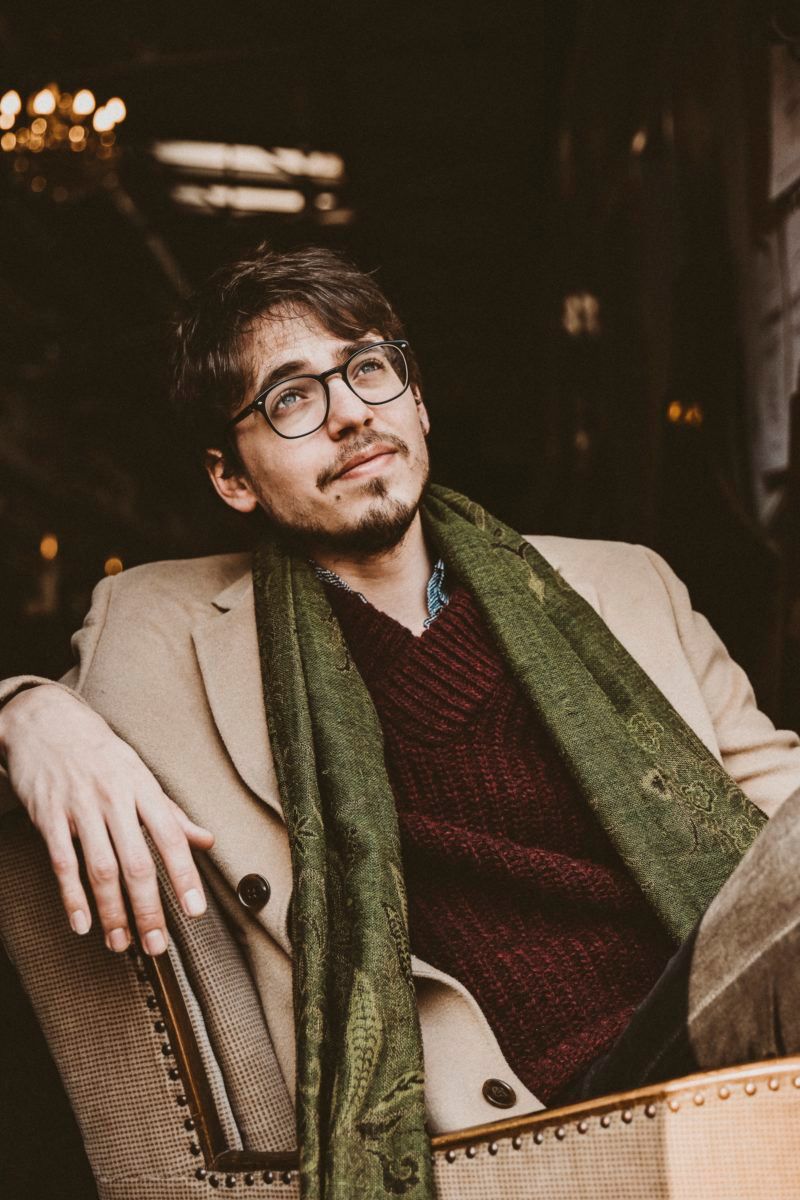Insula Orchestra's season opener boasts magnificent Farrenc and Beethoven

Beethoven/Farrenc Lucas Debargue (piano); Insula Orchestra / Laurence Equilbey. La Seine Musicale, Paris, 29.09.2022
Louise Farrenc Overture No. 1 in E minor, Op. 23 (1834)
Beethoven Piano Concerto No. 2 in B flat, Op. 19 (1801)
Farrenc Symphony No. 2 in D, Op. 35 (1845)
Insula Orchestra began its 2022/23 season with a concert dedicated to the memory of Ncholas Angelich (1970-2022) - a concert that furthered their explorations into the music of Louise Farrenc (Symphonies Nos. 1 and 3 are available on a fine Warner disc) with the Second Symphony and two Overtures (the second, No. 2 in E flat, Op. 24 was given as an encore).
Farrenc’s music is expertly constructed and, perhaps most importantly of all, fresh and inventive. It is the freshness that comes across first and foremost in Insula’s performance – almost as if the music was penned yesterday. Laurence Equilbey’s fierce belief in Farrenc’s music allows the music to shine; there is a deep appreciation of Farrenc’s orchestrational mastery here, too. The Overture No. 1 includes three trombones, which gives the music a particular colour. Farrenc’s melodic ease comes out in the contrasting themes in the Overture’s faster sections; and one should certainly acknowledge the excellence of Georg Koehler’s natural horn solo. This is true music of the Romantic era, which, like the Second Symphony, deserves greater currency today. One could easily say the same of the Overture No. 2, with its scampering theme that sits somewhere between Mendelssohn and Schumann.
The Second Symphony was composed in 1845 and premiered on May 3, 1846 at the Paris Conservatoire. The light touch of Insula orchestra suited the music perfectly in the first movement – string articulation was exemplary, woodwind contributions beautifully articulated. There was almost a Mozartian touch to this performance that was most appealing, first oboe Jean-Marc Philippe leading his wind colleagues superbly. Equilbey understands the structure of the work so well – everything slots into place – and the discipline she receives in turn enables the trickier moments (some woodwind offbeats, for example) to shine delightfully.
Farrenc’s true triumph in this symphony is the Andante, gloriously unpredictable in its facility of invention. There is a feeling of continuous variation. Some passages are decidedly Beethovenian here, while the unpredictability continues in the decidedly quirky bent of the Scherzo: here, Equilbey ensured a superb transition to the pastoral Trio. Interesting how the finale has a markedly Schumannesque grandeur about its opening gesture before the faster section brings with it an exuberance of counterpoint. This was a robust, almost muscular performance, exemplary in its linear as well has harmonic clarity.
Sandwiched between the Farrenc pieces was Beethoven’s Second Piano Concerto (the first in compositional order). It was the perfect choice: the music has a congruence to Farrenc’s freshness of invention – and here the outer movements were irrepressible. Playing on Insula’s 1892 Pleyel piano, Lucas Debargue underlined what we already know about him from his recordings – he rethinks everything, bringing illumination at every turn. So it was with this Beethoven Second Concerto, the left-hand chords spread in the piano’s first entry after an orchestral exposition of Spring-fresh textures from Equilbey and her orchestra. The piano itself has a wonderfully bright top register, which allows for ideal projection, and Debargue also brought out the best from its lower range, too, with no blurring anywhere whatsoever. The phrase ‘playful sophistication’ possibly sums up Debargue’s approach best here, coupled with a real intellectual grasp – at times, one felt he was laying out Beethoven’s thematic transformations with utter clarity. For once, the cadenza (Beethoven’s) felt completely extemporary - and remarkably exciting, to boot.

The central Adagio came in a slow three beats to a bar (as opposed to six), allowing for an impeccable sense of flow and also allowing for a true legato touch. Most impressive were the pianissimi and Debargue’s peerless sense of soliloquising, while the crisp, beautifully unrushed finale contained moments of magnificent delicacy. A phenomenal performance that allowed Beethoven’s concerto to shine.
Insula’s season at La Seine Musicale continues with Beethoven’s Ninth Symphony on December 15. 2022.
Farrenc: Symphonies 1 & 3